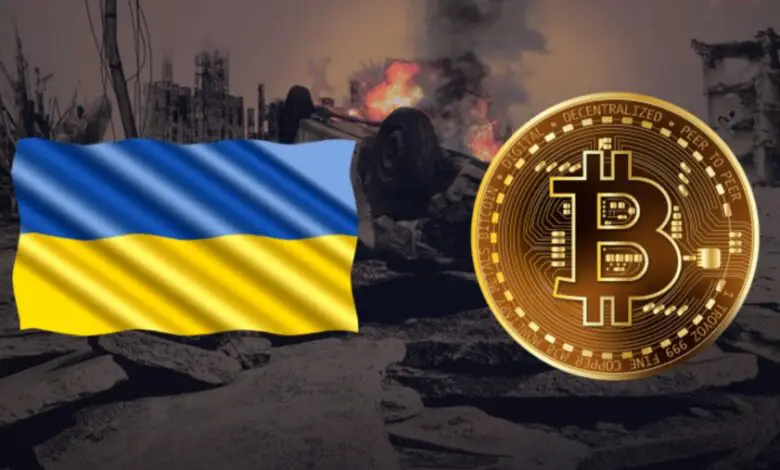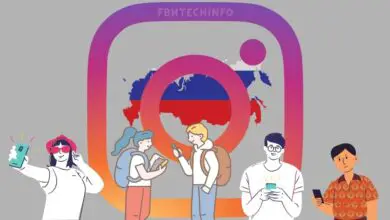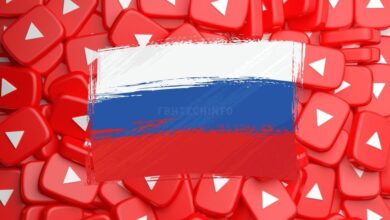The War in Ukraine – The Internet and Social Media

After a long time of tension, after the events that occurred yesterday with the beginning of the Russian attacks on Ukraine, today there is already talk of a war between the two countries, as a consequence of the escalation of a conflict that has been originating since 2014.
In recent hours, other technological phenomena have presented themselves as part of this digital age, just as social networks have critical roles in disseminating new information.
Social Media: Real News or Fake
The argument emerges on Twitter when exceptionally noteworthy events occur. This incident is far from unique, with Russia, Ukraine, Vladimir Putin, NATO, and even the threat of a “World War III” continuing a global trend up until today.
The capacity to quickly transmit content on this platform has also served to provide information from the events site to the media in these areas. However, this digital benevolence comes with a significant drawback: the proliferation of false news, sometimes known as fake news in English.
One of the most widely circulated hoaxes in recent hours is an alleged ad from current Ukrainian President Volodmir Zelenski’s presidential campaign in which he is shown wielding guns. Given the subject’s enthusiasm, it’s simple to make up a story from an image without context. Those pictures, however, do not correspond to a political statement but rather to a moment from Zelensky’s video “Servants of the People,” which he starred in two years before gaining power.
Images from the 2020 Beirut explosion, vintage photos were taken out of context, and even video game screenshots, which Twitter later banned, have all been used to propagate disinformation.
This same dynamic has been seen on TikTok. The rapidity with which content is published and the widespread use of hashtags associated with the trend have created a comparable environment for frauds.
In information saturation, the only option is to verify the data arriving through credible sources. News fact-checkers like StopFake and Ukraine’s VoxCheck, in addition to standard verified news sources, are valuable tools for reference.
How the war affected Bitcoin
Gas and, in general, fuels are facing increases in value at a global level due to this war. Cryptocurrency mining farms, which consume a high energy rate, see the difficulty in this situation, as the prices of one of their essential resources to function increase.
At the beginning of the year, we saw how the high demand for this resource gave rise to a complex crisis in Kazakhstan, which escalated into an economic and sociopolitical crisis and led to a sharp drop in bitcoin. Under this aspect, the situation now is not very different.
When the crisis broke out, after accumulating a series of consecutive price drops, bitcoin reached an all-time low, half of the maximum of 68,990 dollars per unit reached in November 2021. Speculation about the value of this cryptocurrency has set off alerts of those who invest in this digital resource. However, experts assure that this situation could be transitory, which can be seen in a slight recovery in its price during the last hours.
The United States has already announced economic sanctions on Russia for its attack on Ukraine. The financial repercussions of this measure, which today has the Russian ruble close to its lowest historical values, were presumably already contemplated by the Russian government, who would already be thinking about implementing a “digital ruble,” taking advantage of cryptocurrency technology to deal with these penalties.

